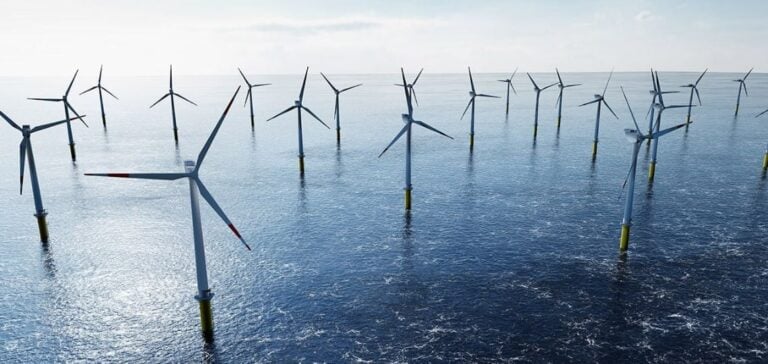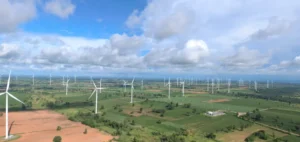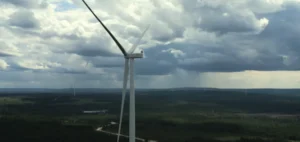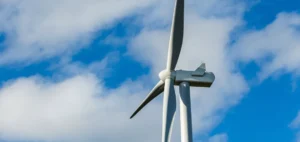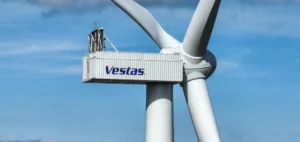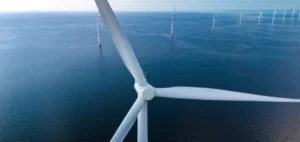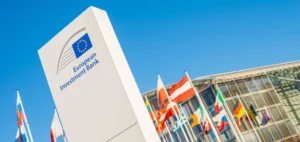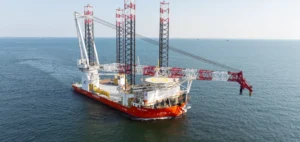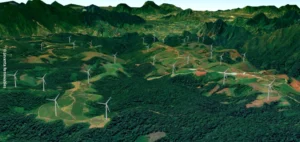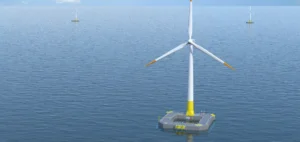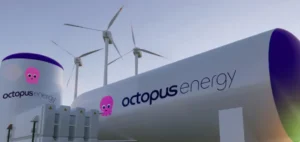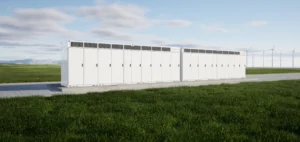The offshore wind market continues to grow significantly, despite inflationary pressures and supply chain disruptions.
In 2023, global installed capacity increased by 7% year-on-year, and forecasts for 2024 indicate a further 9% growth, with over 11 GW of new installations.
Rystad Energy’s projections estimate that global capacity could exceed 520 GW by 2040, with Europe playing a central role in this expansion.
Europe is expected to account for over 70% of global floating wind installations by 2040.
The development of this technology, essential for exploiting deep-water offshore resources, is supported by projects in the UK, France and Portugal.
These countries are at the forefront of meeting ambitious national targets for energy transition.
Regional prospects diversify
Asia, excluding mainland China, is also positioning itself as a key player in floating wind, capturing around 20% of global installations forecast by 2040.
Development in this region is mainly focused on Taiwan, South Korea and Vietnam, which are set to increase their installed capacity to almost 28 GW by 2030.
Nevertheless, the sector continues to face significant supply chain challenges, which could hamper growth in the short term.
At the same time, Europe remains the leader in fixed-foundation wind power, dominated by the UK, Germany and the Netherlands.
These three countries are well positioned to reach a combined capacity of 150 GW by 2040, due to their proximity to the North Sea and their carbon-neutral objectives.
In the United States, offshore wind development is highly dependent on the political climate, with capacity expected to reach less than 40 GW by 2040, if political support remains stable.
Technological and logistical challenges
The growth of floating wind power is hampered by constraints similar to those encountered in the fixed-foundation segment.
Bottlenecks in the supply chain continue to pose challenges for the rapid installation of new capacity.
In response, governments are being called upon to step up their support to facilitate these developments, which are vital if we are to achieve our energy transition objectives.
Between 2030 and 2035, Europe could add 20 GW of floating capacity, while Asia could add up to 5 GW.
These developments are essential to meet growing energy demand while supporting emission reduction strategies.
Technology maturity by 2040 could enable Europe to exceed 65 GW of installed floating wind capacity, while Asia could reach 17 GW.
Industry players therefore face a crucial challenge: overcoming logistical and technological hurdles to maintain current momentum and ensure that offshore wind can make a significant contribution to the world’s energy future.


